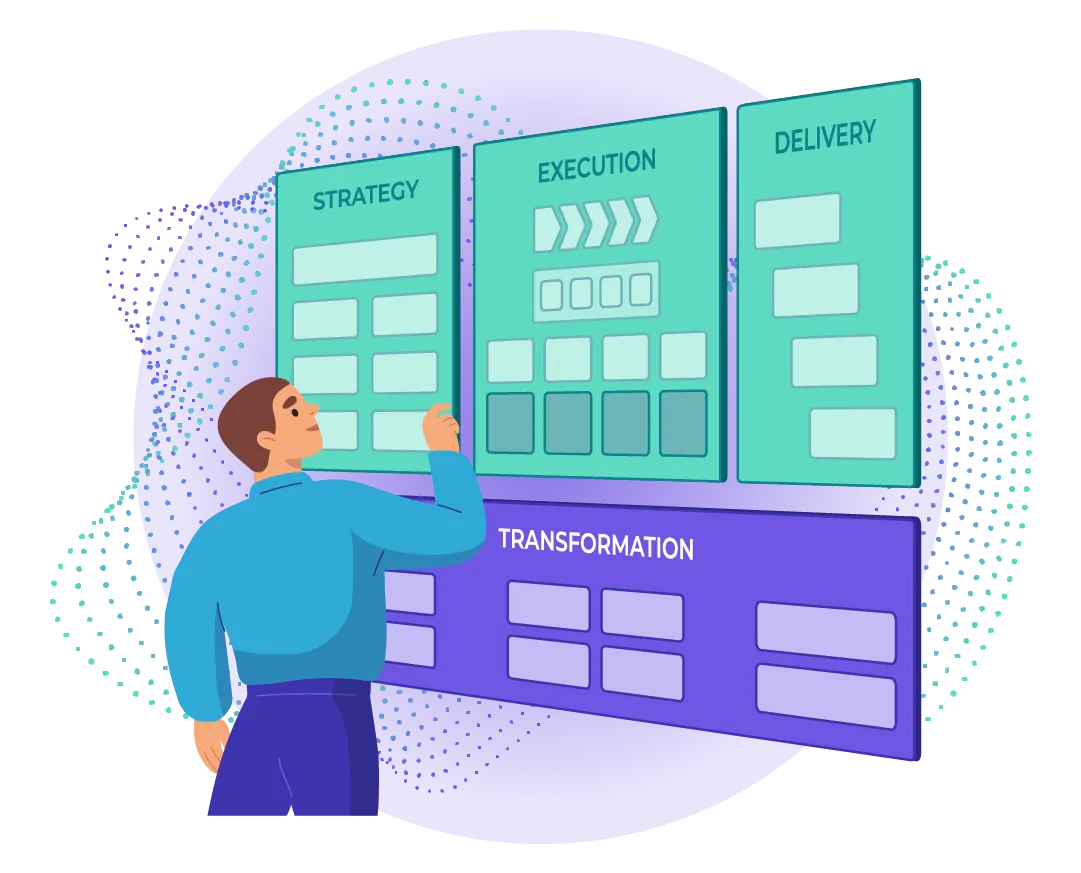One concern that organizations looking at buying a tool often voice is the worry that the tool, and the information within it, will become shelfware. And I’ve run into plenty of organizations where that has happened. But one common theme in such cases is always that people end up treating the model repository as a glorified SharePoint library – they put their models in, either voluntarily or because they are required to… but the actual operations of the organization haven’t changed one bit to use the tool. One obvious area to consider is how the tool knits into governance.
Summary: When implementing a modeling tool that uses a repository, it’s worth considering the areas of your governance process and how the tool can enhance them. Common areas are review and approval (both processes and recording decisions), signoff documents, collection of offline comments, and design decisions.
The first area to consider with a new tool, is how it might be used within the model review process that exists within the organization. Often the existing review process will involve a single review meeting with a selected attendance who may or may not have had the draft model sent to them ahead of time. Alternatively, some kind of SharePoint-based review system might be in place. Regardless, most modeling tools incorporate both mechanisms to allow online access to models and to allow viewers to comment via this online access. This means that it makes eminent sense to leverage the tool to allow review and possibly discussion offline ahead of any formal review meeting; and the advantage of doing so is that this can open up review to a larger audience of stakeholders, increasing buy-in and increasing the likelihood that any errors may be identified.
The second major touch point lies with the creation of signoff documents. In some cases, the review process for a project will have one or more of its quality gates center on the provision of single documents for signoff. This does of course have the limitation that if changes are introduced later (subject to appropriate change control), you now have two sources of information. Fortunately, a number of tools now incorporate the ability to automatically generate documents from a collection of models. This opens up the possibility of keeping the signoff documents (as well as associated traceability and audit trail of responsibility) while simultaneously having models that are always up to date. In such a case, changes to models can be reviewed and signed off by using the same facility to generate signoff documents.
A third way that the tool may need to be worked into existing processes is in tracking of design decisions. This may not even be done in any formal way, or there might be a project-based decision log for specific large initiatives. Regardless, the facility that modeling tools provide to record notes and comments against models (and model elements) open up the door to recording design decisions directly within the tool; which allows traceability of decisions for the future.
Depending on tool capabilities, there may be various other ways that a tool could assist existing processes within the organization. But in this post I’ve highlighted three common ways that organizational processes can be improved by leveraging tool capabilities.







